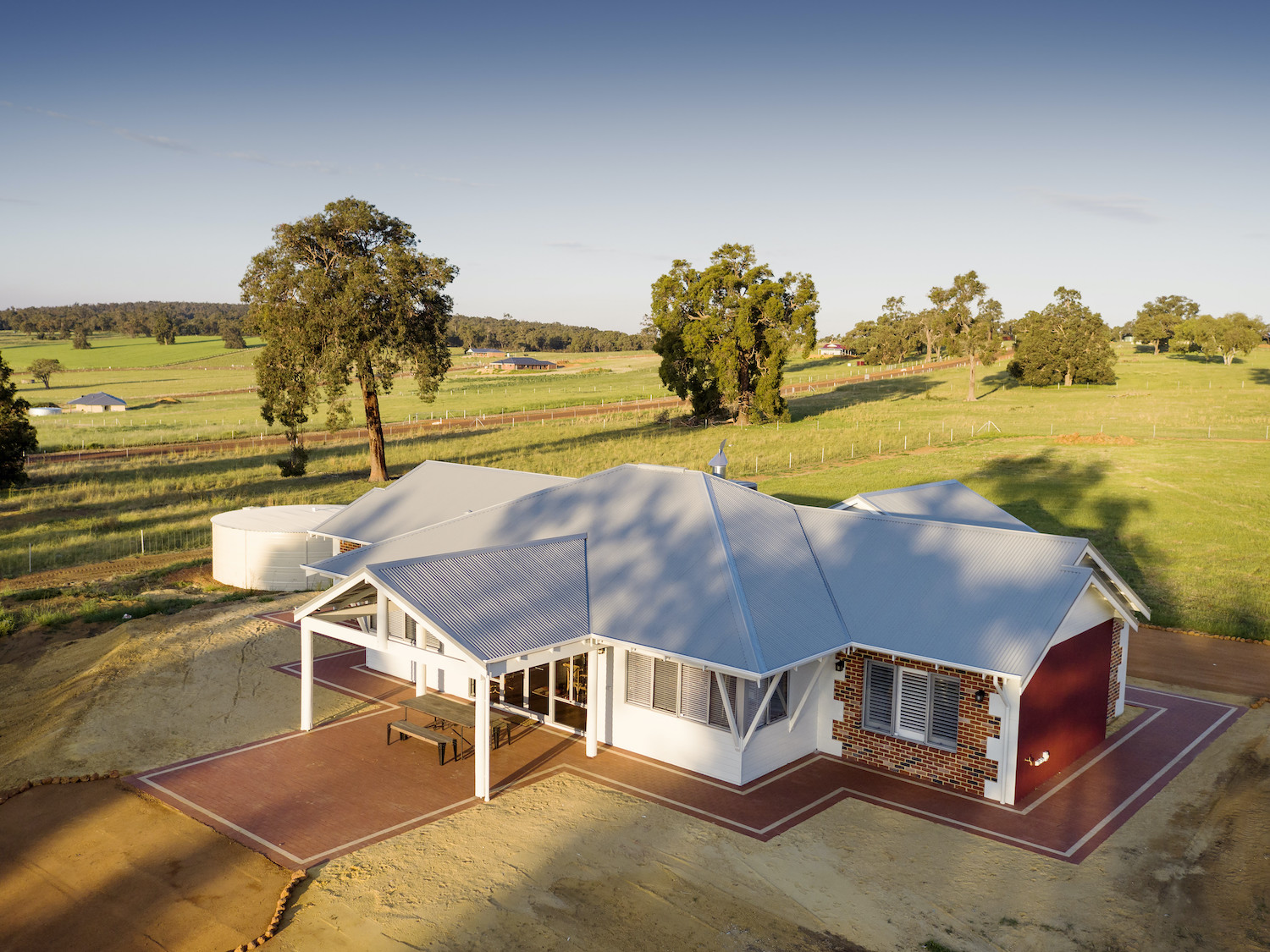Want to reduce you electricity bill by up to $800 a year? It’s simple; all you have to do is install a Solar Photovoltaic (PV) System in your home today. Not only will you be saving money, but you will also be contributing to reducing greenhouse gas emission, which in turn will improve Australia’s carbon footprint. By installing 1.5 kilowatts (kW) Solar PV System in your home, it is the equal of planting 18 trees!
Here is all the information that you will need when planning to save money and help the environment by installing a Solar PV System in your home.
Why install a solar PV System?
By installing a solar PV system you will be saving money, because in time it will pay for itself and eventually provide you with free power. It also promotes the development of renewable technology and will decrease greenhouse gas emissions.
How does a solar PV panel work?
It is simple; when the sun shines on solar panels it generates electricity. During the day when using appliances, the solar power will be sent through to generate electricity at no cost. If little energy is being used throughout the day, the system feeds the excess energy into the electricity grid and from July 1 2010, the State Government and Synergy will pay you a premium ‘feed-in’ tariff for each unit of power you produce.
At night, or when you are using a lot of appliances, you buy energy from the grid at a standard rate. All this is controlled automatically by the system and you will notice substantially lower electricity bills. If there is an electricity outage on the grid your system will shut itself down for safety reasons, so (unless you have a battery backup system) you cannot use your PV power when the grid power is out.

What type of Solar PV System’s are there?
There are three main types of solar PV systems commonly available to the residential customer, they are;
1. Mono-crystal silicon: Most photovoltaic cells are mono-crystal types. To make them, silicon is purified, melted, and crystallized into ingots. These types of cells are the most space efficient on the roof, but less shade tolerant.
2. Poly-crystalline silicon: Polycrystalline PV cells are manufactured in a similar manner to mono-crystal PV cells but a lower cost silicon process is used. As a result they are slightly less space efficient, but are also less expensive.
3. Thin film: Silicon is applied directly onto glass to produce cells that have a high shade tolerance, but require a large roof space for each kilowatt hour of power. They also take less energy to manufacture (generally lowest in embodied energy).
The most important thing to consider when choosing your PV system is to make sure it will fit your roof, your budget and that it comes with a warranty.
How much solar PV is needed to power your house?
A typical domestic system of 1.5kW will produce approximately 6.5 units (kilowatts per hour) of electricity per day, that’s between one third and one-half of the power needs of a typical household and all of the power needed for an energy efficient home. The size of the system does not need to match the amount of power used in the home because every unit produced by the system comes off your bill or earns the ‘feed-in’ tariff rate if it is exported to the grid.
Solar PV Systems, Australia and the Environment
Today solar PV power is installed in approximately 25,000 homes across Australia. Solar PV electricity has a long history of supplying reliable ‘off the grid’ power to outback and regional communities that have isolated telecommunications and repeater stations, transport signaling, and working properties supported by a large number of solar PV installations.
The main impediment to growth is the lack of a consistent national policy that recognises how solar PV can affect Australia’s contribution to climate change. The Clean Energy Council is actively advocating for a gross metering feed in tariff that will be set high enough and for long enough to encourage increased take-up of the technology nationwide.
For further information on solar PV systems and the ‘feed-in’ tariff scheme is available from the Office of Energy (http://www.energy.wa.gov.au/), Synergyhttp://www.synergy.net.au/index.xhtml) and Horizon Power (http://www.horizonpower.com.au/) websites.




